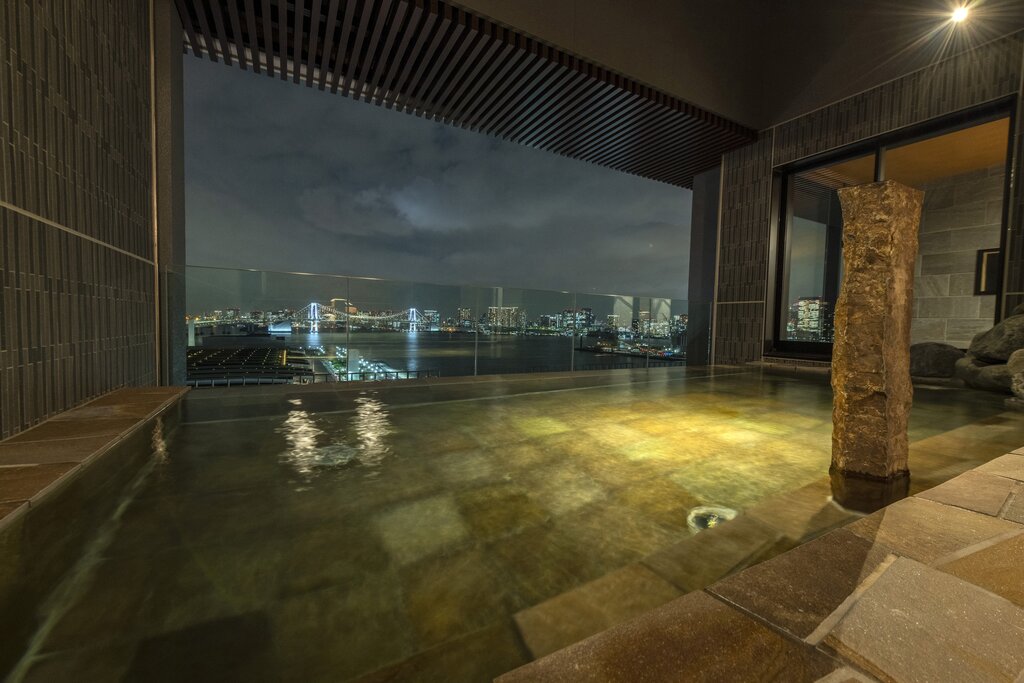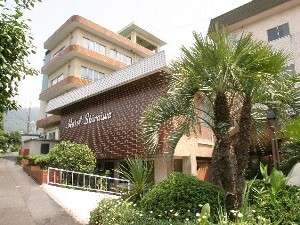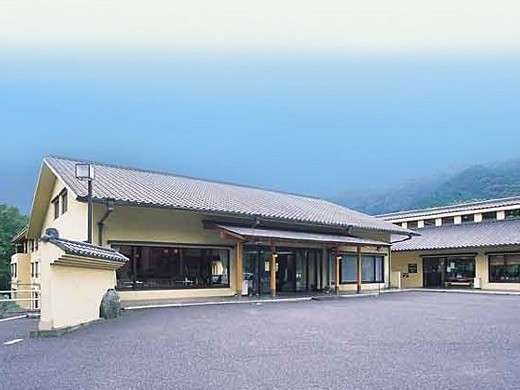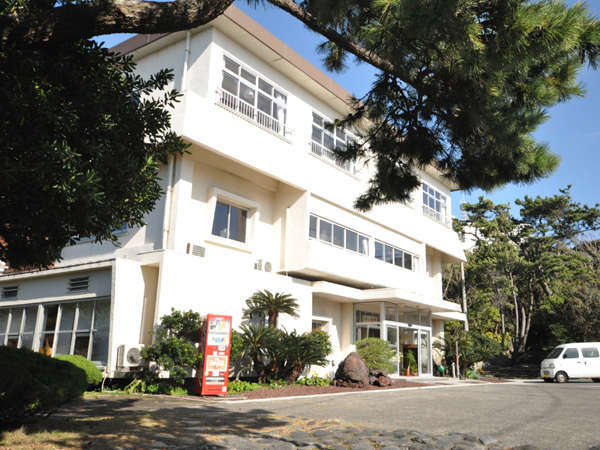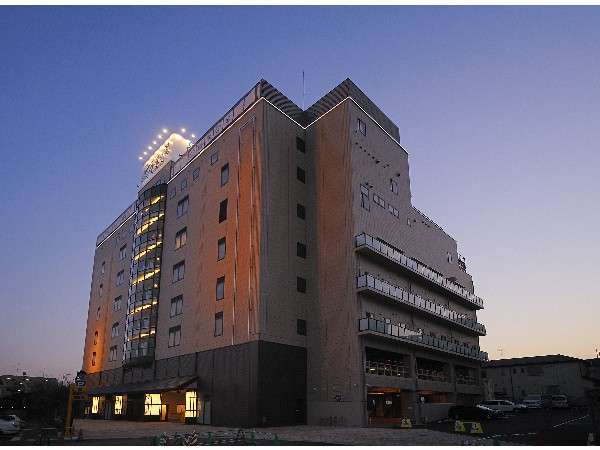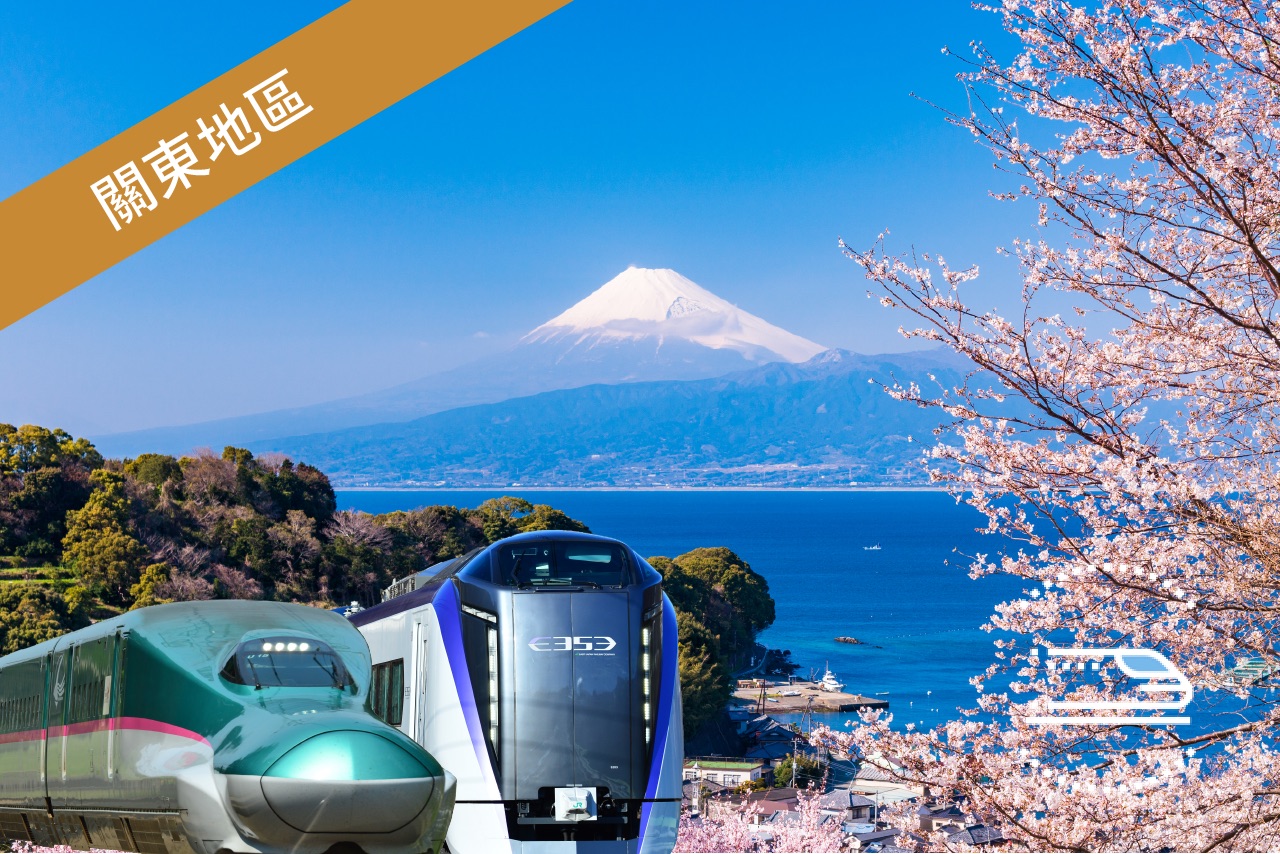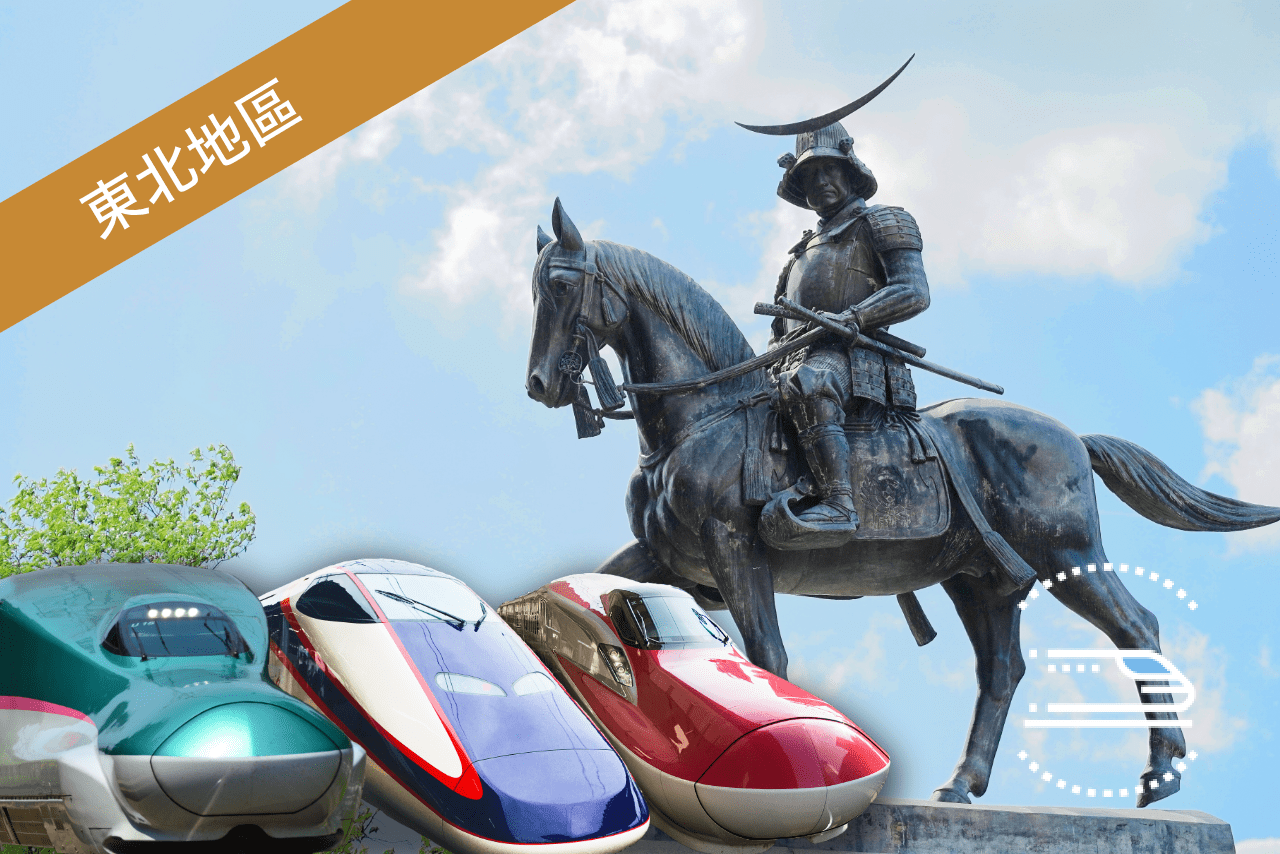
東京
An exciting metropolis that offers a wide range of cultural experiences
Tokyo is the capital city in the heart of the Japanese archipelago with diverse landscapes, ranging from urban areas lined with high-rise buildings to mountainous regions. The city is known for its many faces, such as cutting-edge district Shibuya, luxurious shopping area Ginza, subculture hub Akihabara, traditional neighborhood Asakusa, and many other places. Dining options range from long-established sushi restaurants to international food options and themed cafes.
東京的熱門觀光地區

新宿
購物、美食與摩天大樓!應有盡有的繁華街道

秋葉原
霓虹燈眩目的電器街兼日本知名次文化聖地

池袋
以貓頭鷹為象徵!高樓林立、充滿豐富文化的繁華商圈

築地
大型魚市場新鮮直送!美味海鮮就在這裏

品川
現代建築與自然綠意共存的辦公大樓街道

羽田機場
洋溢傳統日式風情與流行次文化的日本最大機場

台場
能同時享受購物與夜景的東京灣休閒人工島

淺草
復古又嶄新!以雷門大燈籠為地標的東京下町

上野
可愛熊貓超人氣!藝術巡禮與購物一次滿足

吉祥寺
個性十足雜貨店、居酒屋、翠綠公園共存的街道

原宿・表參道
匯集日本流行文化與最新時尚潮流的購物街道

澀谷
以忠犬八公與巨大十字路口聞名的年輕人聚集地

下北澤
集結古着、音樂、劇場、藝術的次文化聖地

東京車站
具歷史性的建築!可盡享手信購物樂趣的東京交通轉運站

自由之丘
集合時尚咖啡店、甜品與日式精品的迷人街道
東京周邊知名景點
東京旅遊攻略
東京的推薦必訪景點
各季節旅遊重點
東京的Spring天 Mar. - May
In Tokyo, nature seamlessly intertwines with urban life. Especially from late March to early April, when cherry blossoms are in full bloom, popular spots like Chidorigafuchi Moat, Meguro River, and Ueno Park attract many visitors. Make sure to enjoy the illuminated cherry blossoms at night, as well. In spring, temperatures can vary between day and night, so it's advisable to dress in layers. With minimal rainfall, spring is one of the best times to visit Tokyo.
氣溫
- 3月:5°C〜14°C,平均氣溫9°C
- 4月:9°C〜19°C,平均氣溫14°C
- 5月:14°C〜23°C,平均氣溫18°C
※氣溫參考:日本氣象廳過去的氣象統計資料

東京的Summer天 Jun. - Aug.
After the rainy season concludes around June to July, Tokyo swiftly shifts into summer, characterized by intense heat and humidity. You can cool down at the beach in Odaiba, or engage in outdoor activities in the mountains and rivers in western Tokyo’s Okutama area. For a tropical ambiance, consider visiting the nearby Izu Islands or venture as far as the Ogasawara Islands. July and August bring a plethora of festivals and fireworks shows, with the most popular one being the Sumidagawa Fireworks Festival. This spectacular event showcases 20,000 fireworks along Tokyo’s Sumida River, which can be enjoyed from the river banks or traditional Japanese yakatabune boats.
氣溫
- 6月:18°C〜26°C,平均氣溫21°C
- 7月:22°C〜29°C,平均氣溫25°C
- 8月:23°C〜31°C,平均氣溫26°C
※氣溫參考:日本氣象廳過去的氣象統計資料

東京的Autumn天 Sept. - Nov.
During mid to late September, the temperature drops and Tokyo experiences pleasant autumn weather. Come November, Japanese gardens and parks don their vibrant red and yellow foliage, creating an ideal setting for leisurely picnics amidst picturesque landscapes, or enjoying a cup of green tea at the teahouse of Rikugien Gardens. Nature enthusiasts can also explore the beauty of Tokyo by embarking on an excursion to western Tokyo's Mount Mitake or Mount Takao.
氣溫
- 9月:20°C〜27°C,平均氣溫23°C
- 10月:14°C〜22°C,平均氣溫18°C
- 11月:8°C〜16°C,平均氣溫12°C
※氣溫參考:日本氣象廳過去的氣象統計資料

東京的Winter天 Dec. - Feb.
Despite the cold, Tokyo is a great travel destination in winter. Popular commercial districts like Ginza, Shibuya and Roppongi are bathed in beautiful lights, creating a cozy atmosphere during the festive season. New Year’s offers an array of captivating events, ranging from the first shrine visit of the year to New Year's sales. Thanks to the clear air, you can expect stunning views of Mount Fuji from popular observation decks like Tokyo Tower or Tokyo Skytree.
氣溫
- 12月:3°C〜12°C,平均氣溫7°C
- 1月:1°C〜9°C,平均氣溫5°C
- 2月:2°C〜10°C,平均氣溫6°C
※氣溫參考:日本氣象廳過去的氣象統計資料

關於東京旅遊的常見問題
Which transportation tickets or passes provide the best value when traveling in Tokyo?
If you plan to ride the subway in Tokyo for five times or more within 24 hours, we recommend the Tokyo Subway Ticket. This ticket allows unlimited rides on all Tokyo Metro and Toei Subway lines, with options available for 24, 48, and 72 hours.
If you plan to travel a bit further, there is also the JR Tokyo Wide Pass. This pass not only allows travel within Tokyo, but also offers access to Narita Airport and nearby tourist spots like Nikko, Mount Fuji, and Karuizawa, by using JR lines, the Tokyo Monorail, and the Fujikyuko line.
Is there a recommended one-day sightseeing itinerary for the city?
While it's challenging to visit all of Tokyo's major tourist attractions in one day, here's an itinerary that captures the diverse essence of the city.
Sensoji Temple → Tokyo Skytree → Ginza → Shibuya and Harajuku → Shinjuku
Start your sightseeing adventure in the traditional neighborhood of Asakusa by exploring its renowned Sensoji Temple. Afterwards, head to Tokyo Skytree, the world’s tallest tower, for panoramic views of the city.
For luxury shopping, explore Tokyo's glamorous Ginza district, and check out Shibuya for its iconic scramble crossing. Conclude your day in Shinjuku with a mesmerizing night view of the capital adorned with high-rise buildings and neon lights.
[WA Products]
・Tour packages in the Tokyo area
・Convenient transportation tickets for sightseeing in TokyoWhen traveling to Tokyo, which airport is recommended—Narita or Haneda?
Narita Airport is situated in Chiba Prefecture, whereas Haneda Airport is located in Tokyo. It takes about one hour by train from Narita Airport to Tokyo Station, and around 30 minutes from Haneda Airport.
What is the fastest and cheapest way to get from Narita and Haneda airports to central Tokyo?
There are trains, monorails, and buses from each airport to central Tokyo, but the train is the most punctual and cheapest option. JR and Keisei trains depart from Narita Airport, but the fastest is the Keisei Skyliner, which arrives at Ueno Station in about 50 minutes. If you are heading to Tokyo Station, you can also take an express bus, a cheaper alternative that takes about 1 hour and 15 minutes.
From Haneda Airport, it takes about 25 minutes to reach Hamamatsucho Station via the Tokyo Monorail, or Shinagawa Station via the Keikyu Line.
What are the most recent must-see tourist attractions in Tokyo?
Tokyo has undergone remarkable changes in recent years, gradually unveiling new attractions across the city. One of the latest additions is the Tokyu Kabukicho Tower in Shinjuku, which provides a complete entertainment experience with restaurants, bars, game centers, movie theaters, clubs, and more.
For anime and manga fans, a visit to Ikebukuro is a must. The renovated Animate Main Store spans over ten floors, complete with event halls, a theater, and a cafe. Heading to Nerima ward, you'll find the Warner Bros. Studio Tour Tokyo—The Making of Harry Potter, the world's largest Harry Potter theme park.
Don't miss Azabudai Hills near Tokyo Tower, featuring the Azabudai Hills Mori JP Tower, the tallest building in Japan. Stay tuned for more, as Tokyo is gearing up to introduce even more notable spots.
Are there places in Tokyo where you can experience not just shopping but also nature and art?
Tokyo offers a wide range of spots, catering not only to those who enjoy city strolls and shopping but also to those with an appreciation for nature and art. While central Tokyo boasts ample greenery, for a more immersive natural experience, consider a short hiking tour to Mount Takao or Mount Mitake.
If you're keen on exploring Japan's distinctive pottery and ukiyo-e art (woodblock prints,) there are several options to consider, including the Suntory Museum of Art, Nezu Museum, and Sumida Hokusai Museum.The National Art Center Tokyo, with the largest exhibition space in Japan, is also worth a visit.
Near Ueno Park, you'll find a multitude of art museums, including the National Museum of Western Art, the Tokyo Metropolitan Art Museum, and the Ueno Royal Museum, which hosts special exhibitions.
[WA Products]
・Nature activities in TokyoWhat is the most convenient place to stay in Tokyo?
When choosing a place to stay, it's advisable to search for accommodations based on the area or purpose of interest. If you enjoy shopping than opt for areas like Shibuya, Shinjuku, and Ginza.
Ikebukuro, an area with diverse shopping options, offers plenty of budget-friendly accommodations. For convenient access to the airport, Ueno, Asakusa, and Shinagawa are ideal. If you're looking to enjoy the nightlife, staying near popular night spots is your best bet.
[WA Products]
・Accommodations in TokyoAre there hot springs in Tokyo?
If you're looking to experience an authentic hot spring, make your way to Spa LaQua in Tokyo Dome City. They provide open-air baths, carbonated springs, low-temperature saunas, and various other amenities.
Alternatively, you can head to Sugamo Station and visit Somei Onsen Sakura. This hot spring facility offers a serene atmosphere with cypress and open-air baths, allowing you to escape the hustle and bustle of the city. Additionally, there's Thermae-Yu in Shinjuku, open 24 hours, providing a variety of hot springs catering to individual preferences.
Is renting a car necessary for sightseeing in Tokyo?
In Tokyo, there's a comprehensive public transportation network, with trains and buses covering most tourist spots in the city center. However, there may be situations in which having a rental car is convenient, especially when heading to distant suburbs from train stations or when traveling with children or the elderly. Major train stations have car rental offices, so it's a good idea to check availability in the area you plan to visit in advance.
Is there a recommended skiing destination for those traveling from Tokyo?
You can easily enjoy day-trip skiing from Tokyo by taking the shinkansen bullet train or a bus. About 75 minutes from Tokyo Station is Niigata Prefecture's Gala Yuzawa Snow Resort and Karuizawa Prince Hotel Ski Resort in Nagano Prefecture.
A two-hour ride on the shinkansen will take you to Maiko Snow Resort in Niigata Prefecture and Norn Minakami Ski Resort in Gunma Prefecture. These places feature full-scale slopes, and some of them even have natural hot springs, ensuring a fantastic skiing or snowboarding experience, whether you're visiting for a day or staying overnight.
[More Information]
・Four Popular Ski Resorts Near Tokyo











